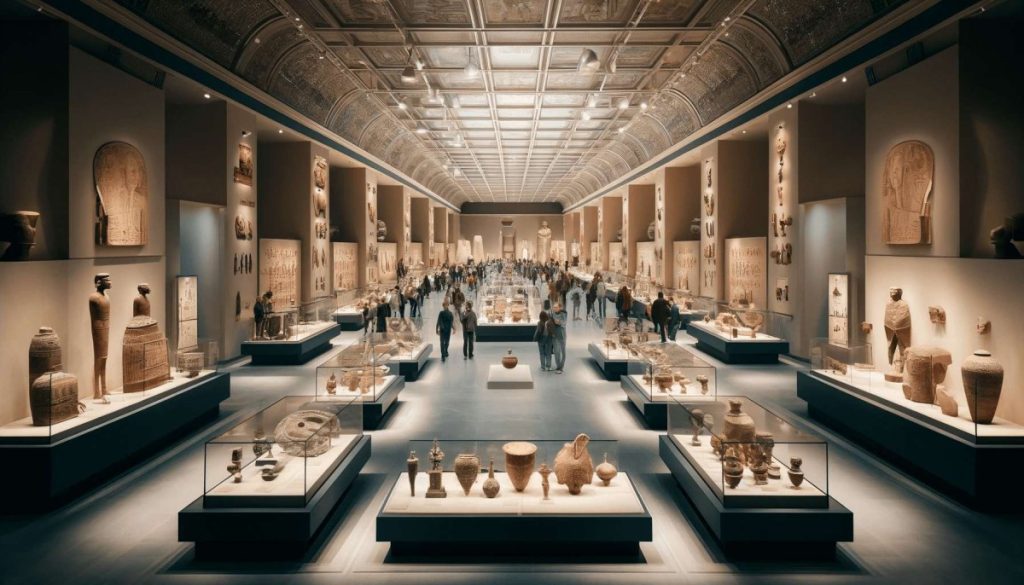Embark on the next leg of our Egyptian journey as we turn from the solemn tranquility of sacred sites to the hallowed halls of history. Welcome to “Must-Visit Museums in Egypt: Discover Ancient Artifacts and Treasures.” This part of our adventure takes you through the doors of Egypt’s most esteemed museums, where the past comes alive through spectacular displays of art and antiquity.
Here, we will uncover the meticulous preservation of Egypt’s unparalleled legacy—from glittering royal jewelry to finely crafted relics of everyday life in ancient times. Each museum is a gateway to understanding the ingenuity and spirit of the civilizations that walked the Nile’s fertile banks. Join us as we delve into the heart of Egypt’s storied past, where each artifact tells a story of survival, discovery, and artistic mastery.
Collections And Museums
This broad category encompasses various institutions across Egypt dedicated to preserving and exhibiting the country’s rich cultural heritage and antiquities. Notable examples include:
The Egyptian Museum in Cairo: Houses the world’s largest collection of Pharaonic antiquities.
The Grand Egyptian Museum (GEM): Near the Giza Pyramids, slated to become the largest archaeological museum in the world, intended to house artifacts of ancient Egypt, including the complete Tutankhamun collection.
Nubian Museum in Aswan: Dedicated to Nubian culture and history, showcasing artifacts rescued before the flooding caused by the Aswan High Dam.
Luxor Museum: Features a carefully selected collection of items from the Theban temples and necropolis, highlighting the art of ancient Thebes.
Each of these museums and historical sites plays a crucial role in the preservation and interpretation of Egypt’s ancient civilizations, offering invaluable insights into the past for researchers and the public alike.
Alexandria National Museum
Location: Located in Alexandria, within a restored Italianate mansion.
Historical Background: Opened in 2003, the museum houses around 1,800 artifacts that narrate the story of Alexandria through various eras, including the Pharaonic, Roman, Coptic, and Islamic periods.
Condition: The museum is in excellent condition, providing a modern and comprehensive overview of the city’s rich history.
New Updates: It continually updates its exhibitions to reflect new discoveries and research about Alexandria’s diverse history.
Coptic Museum

Location: Situated in Cairo, in the Coptic Quarter of the city.
Historical Background: Founded in 1910, the museum is dedicated to Coptic Christian heritage, housing the largest collection of Egyptian Christian artifacts in the world, showcasing items from the dawn of Christianity in Egypt through to the early Islamic era.
Condition: The museum has been meticulously maintained and renovated over the years, with its buildings and collections in excellent condition.
New Updates: It frequently updates its collection to include newly discovered artifacts and offers insights into the development of Coptic art and culture.
Greco-Roman Museum
Location: In Alexandria, established in 1892, it’s dedicated to the Greco-Roman period.
Historical Background: The museum boasts a vast collection of artifacts from the Ptolemaic through Roman periods in Egypt, including sculptures, mosaics, and coins, illustrating the blend of Egyptian and Greco-Roman cultures.
Condition: The museum has been under renovation for several years, aiming to revitalize and modernize its exhibits and facilities.
New Updates: Anticipated to reopen with updated exhibits and possibly new archaeological findings, making it a must-visit for understanding Alexandria’s Hellenistic heritage.
Ismailia Museum
Location: Found in Ismailia, alongside the Suez Canal.
Historical Background: Established in 1932, this museum showcases artifacts from various periods of Egyptian history, including Pharaonic, Greco-Roman, Islamic, and modern items, with a focus on the Suez Canal’s history.
Condition: The museum is relatively small but well-maintained, offering a concise overview of the region’s archaeological and cultural history.
New Updates: Exhibits are periodically updated to reflect ongoing archaeological discoveries in the area.
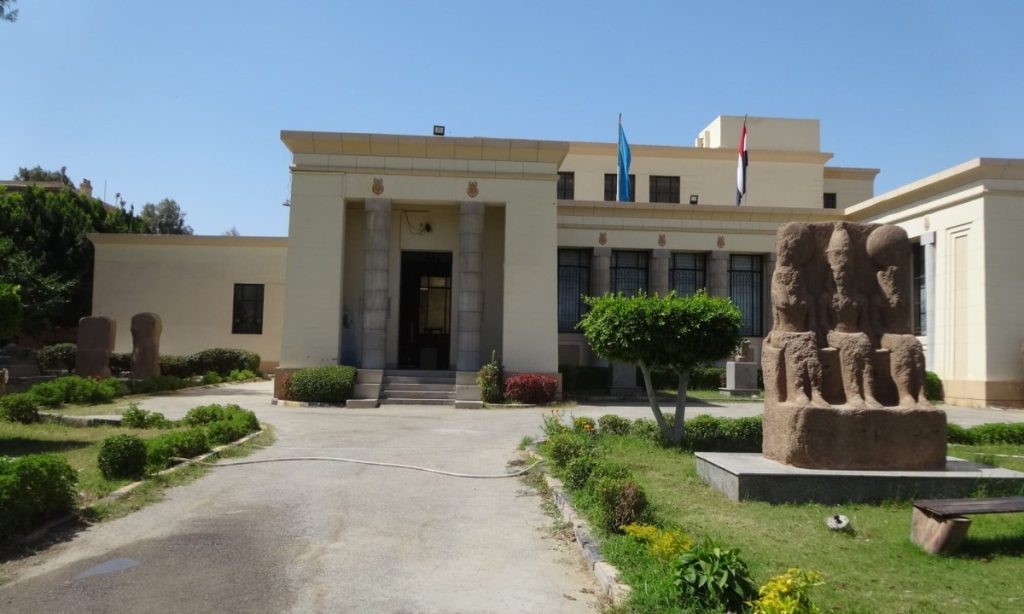
Kafr El-Sheikh Museum
Location: Situated in Kafr El-Sheikh, in the Nile Delta region.
Historical Background: This newer museum focuses on the history and archaeology of the Nile Delta, with collections that include artifacts from the Pharaonic, Ptolemaic, Roman, Coptic, and Islamic periods.
Condition: The museum is in good condition, offering a modern and educational perspective on the Delta’s rich cultural heritage.
New Updates: As a relatively new addition to Egypt’s museum landscape, it continues to expand its collections and exhibitions to highlight the Nile Delta’s significance in Egyptian history.
Each museum offers a unique window into different aspects of Egypt’s layered history, from its ancient civilizations through to its role in the early Christian era and its rich Islamic heritage.
Kom Osheem Museum
Location: Situated near the Fayoum Oasis, close to the ancient site of Karanis in Egypt.
Historical Background: The museum is part of the archaeological site of Karanis, which was an important Greco-Roman town in Egypt, showcasing everyday life from that era.
Condition: It houses a variety of artifacts discovered in the Fayoum area, including pottery, glassware, coins, and textiles, offering insights into the agricultural and social aspects of the region during the Greco-Roman period.
New Updates: The museum continues to add to its collection from ongoing excavations in the area, providing a deeper understanding of the region’s history and culture.
Luxor Museum
Location: Located on the east bank of the Nile River in Luxor, a city that was once the ancient Egyptian capital of Thebes.
Historical Background: Opened in 1975, the Luxor Museum is renowned for its carefully selected collection of artifacts from the Theban temples and necropolis, highlighting the Pharaonic period.
Condition: The museum is in excellent condition, known for its modern display techniques and the quality of its artifacts. It includes items from Tutankhamun’s tomb and the royal mummies of two pharaohs, Ahmose I and Ramesses I.
New Updates: New displays and artifacts are occasionally added, including items from recent excavations in Luxor, enhancing the understanding of ancient Thebes.
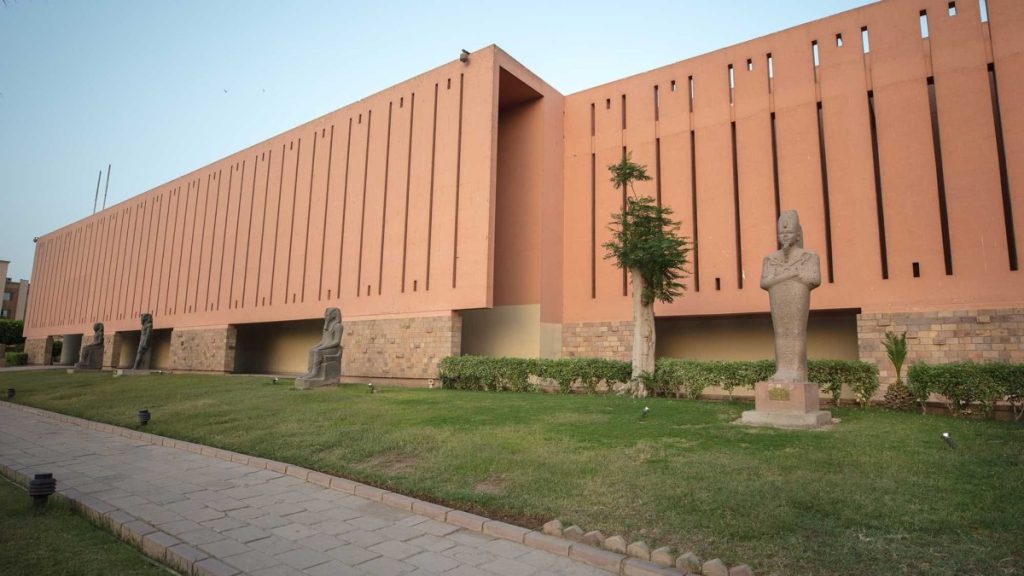
Matrouh Museum
Location: Located in Marsa Matrouh on the northwest coast of Egypt.
Historical Background: The museum focuses on the history and culture of the Matrouh region, covering various periods from prehistoric times to the present, including significant events in World War II.
Condition: It showcases a diverse collection, including ancient Egyptian artifacts, Graeco-Roman sculptures, and items reflecting the local Bedouin culture.
New Updates: As a relatively newer addition to Egypt’s museum landscape, it aims to highlight the historical and cultural significance of the Matrouh area and its role in Egyptian history.
Muhammad Bey Abu Al-Dahab Collection (Naguib Mahfouz Museum)
Location: Situated in Cairo, this museum is dedicated to Naguib Mahfouz, Egypt’s Nobel laureate in Literature.
Historical Background: The museum is housed in a restored historic building and was opened to honor Naguib Mahfouz’s contributions to literature. It contains manuscripts, personal belongings, and editions of his works.
Condition: The museum offers an intimate glimpse into the life and work of Mahfouz, with well-preserved collections and interactive displays.
New Updates: It serves as a cultural hub for literary events and discussions, keeping the legacy of Mahfouz alive for new generations.
Mummification Museum
Location: Luxor, on the east bank of the Nile.
Historical Background: This specialized museum focuses on the ancient Egyptian mummification process, showcasing the methods and religious beliefs surrounding death and the afterlife.
Condition: It provides visitors with detailed insights into the mummification techniques used on both humans and animals, featuring tools, substances used in the process, and examples of mummified beings.
New Updates: The museum is considered unique for its focus and continually updates its collection and educational materials to reflect the latest archaeological findings and research on mummification.
These museums collectively offer a comprehensive overview of Egypt’s rich historical tapestry, from ancient practices to the life of modern literary figures, providing invaluable insights into the country’s cultural and historical legacy.
Museum of Islamic Art, Cairo
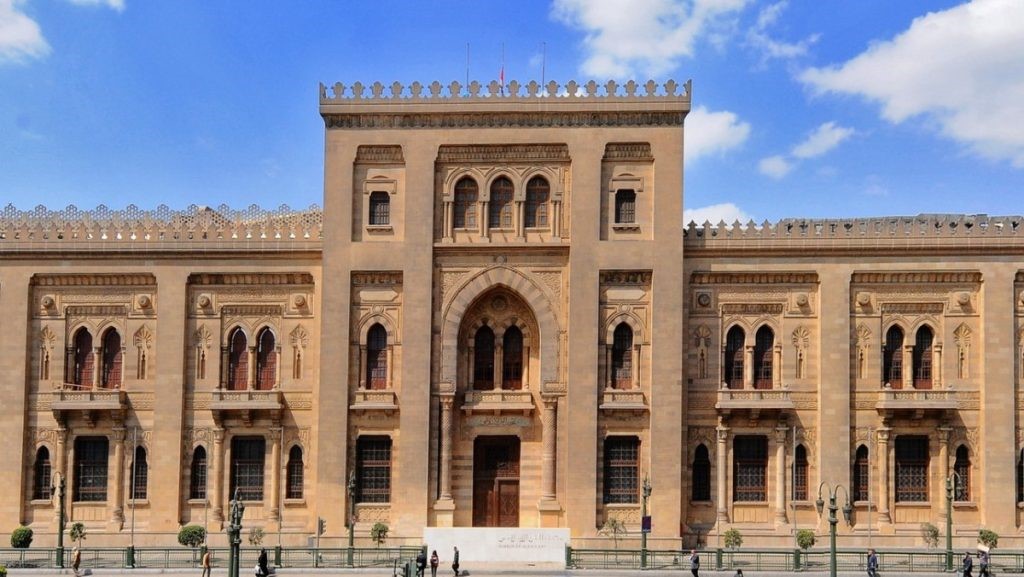
Location: Situated in the historic heart of Cairo, Egypt.
Historical Background: Established in the late 19th century, the Museum of Islamic Art in Cairo is considered one of the greatest in the world dedicated to Islamic art and artifacts. It showcases a vast collection spanning 1,400 years of Islamic history, including manuscripts, textiles, ceramics, and metalwork.
Condition: The museum underwent extensive renovations and reopened in recent years, offering state-of-the-art displays and conservation of its priceless collection.
New Updates: It frequently updates its exhibitions and has implemented advanced preservation techniques to safeguard its collection.
Museum of Egyptian Art
Note: This title could refer to various institutions focused on Egyptian art worldwide. Without a specific location, I’ll provide a general overview applicable to major Egyptian art museums
.
Location: Major cities around the world host museums dedicated to Egyptian art, with prominent collections in Cairo, New York (Metropolitan Museum of Art), London (British Museum), and Berlin (Neues Museum).
Historical Background: These museums often began forming their collections in the 19th and early 20th centuries, during periods of intense archaeological activity in Egypt.
Condition: Institutions housing Egyptian art maintain their collections with the utmost care, ensuring artifacts are preserved and displayed using modern museological standards.
New Updates: Exhibitions and displays are regularly updated with new findings from ongoing archaeological excavations and research, deepening public understanding of ancient Egyptian culture and history.
Nubian Museum
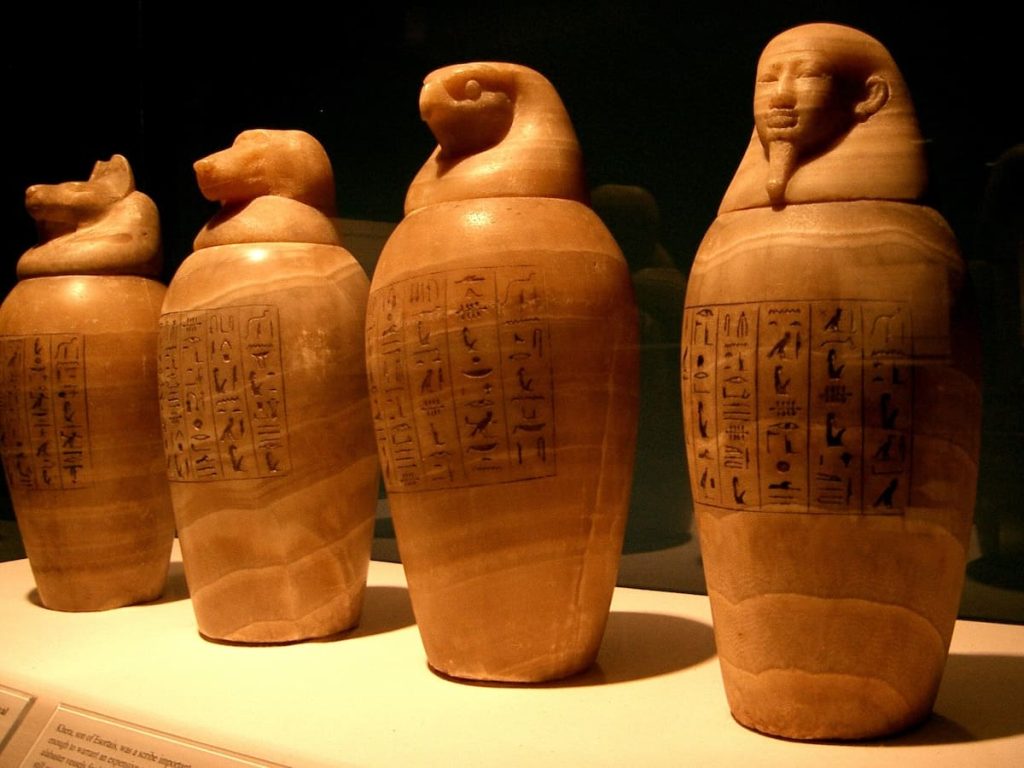
Location: Located in Aswan, Egypt.
Historical Background: Opened in 1997, the Nubian Museum celebrates the culture and history of Nubia, an area that was flooded after the construction of the Aswan High Dam. The museum serves as a tribute to the land and its people, preserving Nubian artifacts and heritage.
Condition: The museum is in excellent condition, offering a modern and comprehensive insight into Nubian civilization from prehistoric times to the present.
New Updates: It continues to enrich its collection with artifacts rescued from Nubian archaeological sites and displays contemporary Nubian culture through art exhibitions and cultural events.
Romiel Cave Museum
Note: There’s limited information available on a “Romiel Cave Museum.” If referring to a specific site not widely recognized under this name, details may be scarce without more context.
Location & Background: Without specific details, it’s challenging to provide accurate information. Generally, cave museums are dedicated to showcasing geological formations, prehistoric art, or historical dwellings found in natural cave settings.
Condition & Updates: Typically, these museums aim to preserve the delicate environmental conditions of caves while allowing for educational access. New discoveries or technological advancements often lead to updates in displays and visitor experiences.
Royal Vehicles Museum
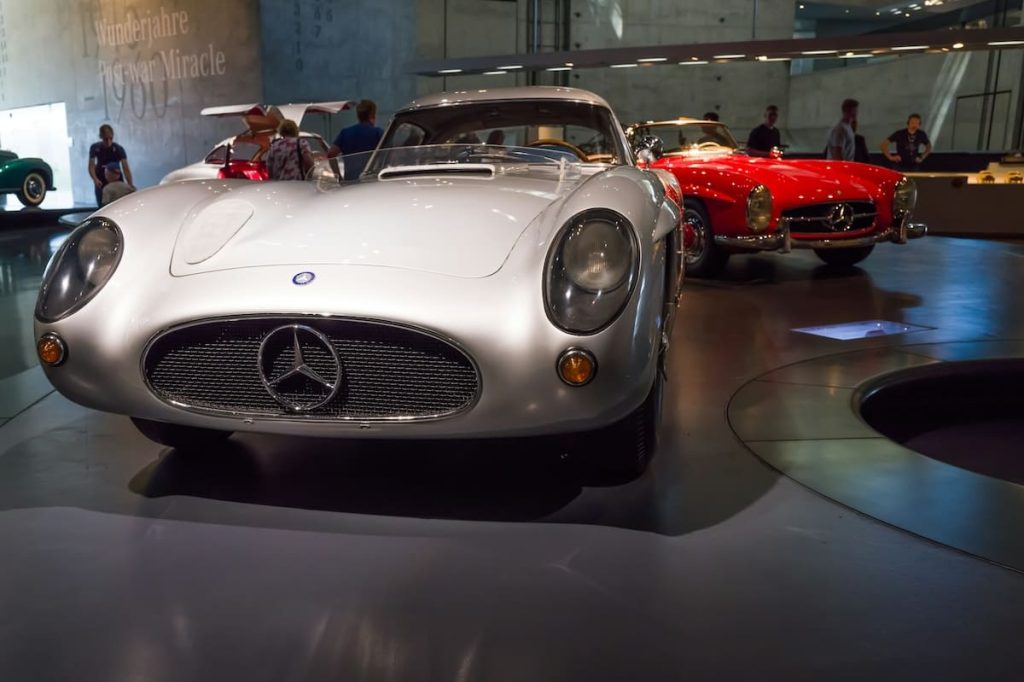
Historical Background: The museum showcases the evolution of royal transport in Egypt, including vehicles used by the monarchy up until the mid-20th century. It provides insight into the technological advancements and stylistic changes in transportation.
Location: In Cairo, Egypt, this museum is dedicated to the collection of royal carriages and automobiles once owned by the Egyptian monarchy.
Condition: Maintained meticulously to preserve the historical integrity of the vehicles, the museum presents these artifacts in a state close to their original use.
New Updates: The museum occasionally adds to its collection from state acquisitions and thorough restorations of historically significant vehicles.
Each of these museums plays a crucial role in preserving and interpreting the rich tapestry of Egypt’s cultural and historical heritage, offering unique insights into various aspects of its civilization, from ancient art and Nubian traditions to the technological advancements reflected in royal transportation.
Location: Located in Sohag, a city on the west bank of the Nile in Upper Egypt.
Historical Background: The Sohag National Museum aims to celebrate and preserve the cultural heritage of Middle Egypt, particularly the Sohag Governorate area. It covers a broad spectrum of history, from Pharaonic, Greco-Roman, Coptic, and Islamic periods.
Condition: The museum is in good condition, having been designed to modern standards to showcase the artifacts and provide educational resources for both locals and tourists.
New Updates: It regularly updates its collection with new findings from local archaeological sites and has been involved in recent efforts to promote cultural tourism in the Sohag area.
Souissi National Museum
Note: There might be some confusion or a typographical error in the name, as there isn’t a widely recognized “Souissi National Museum.” If it’s referring to a museum in the Souissi district, that might relate to a location in Rabat, Morocco, rather than Egypt. Clarification would be needed for accurate information.
Tanta Museum
Location: Situated in Tanta, the capital of the Gharbia Governorate in the Nile Delta, Egypt.
Historical Background: Tanta Museum showcases the cultural and historical development of the Gharbia region, with collections spanning Pharaonic, Greco-Roman, Coptic, Islamic, and modern periods. It highlights the area’s significant contributions to Egypt’s cultural heritage.
Condition: The museum is well-maintained, providing a comprehensive view of the region’s archaeological and cultural artifacts within a modern and accessible setting.
New Updates: The museum actively participates in local and regional archaeological research, regularly updating its exhibitions to reflect new discoveries and scholarly work relevant to the Delta region.
The Egyptian Museum in Tahrir
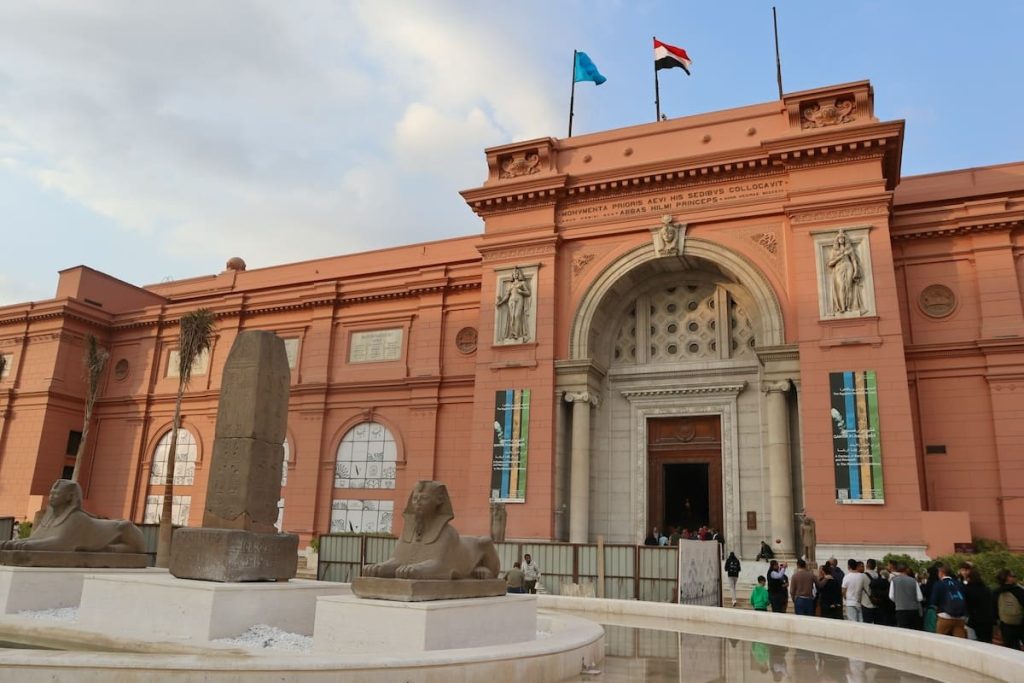
Location: Located in the heart of Cairo, in the iconic Tahrir Square
.
Historical Background: Founded in 1858 by French Egyptologist Auguste Mariette and opened to the public in 1902, the Egyptian Museum in Cairo is one of the world’s most important museums of ancient Egyptian artifacts. The museum houses an extensive collection of over 120,000 items, including the treasures of Tutankhamun and significant pieces from most periods of ancient Egyptian history.
Condition: While the museum’s historic building is an architectural gem, it has faced challenges in space and modernization. Efforts are ongoing to improve display and conservation conditions.
New Updates: With the upcoming grand opening of the Grand Egyptian Museum (GEM) near the Giza Pyramids, many of the Egyptian Museum’s most famous artifacts are expected to be relocated to the GEM. This transition is part of a larger effort to modernize and improve the presentation of Egypt’s ancient heritage to the world.
These museums, each in their unique way, contribute to the preservation and interpretation of Egypt’s rich historical tapestry, offering insights into the diverse cultural epochs that have shaped the nation.
Museums in Egypt and Looking Back at Our Adventures
As we conclude our exploration of Egypt’s must-visit museums, we’ve journeyed through corridors lined with treasures that span millennia, each artifact whispering tales of ancient times. The immersive experience of seeing Egypt’s history preserved and presented has hopefully deepened your appreciation for this nation’s rich cultural and historical landscape.
Our journey through Egypt does not have to end here. If you missed our earlier adventures, or simply wish to revisit the awe-inspiring historical places and sacred sites we explored, I encourage you to look back. Rediscover the monumental historical places that showcase Egypt’s architectural grandeur and delve into the spiritual sanctuaries that provide a profound insight into the country’s religious heritage. Join us again as we continue to uncover the timeless wonders of Egypt.
Frequently Asked Questions About Must-Visit Museums in Egypt: Discover Ancient Artifacts and Treasures
What are the top museums to visit in Egypt?
What is the difference between the Egyptian Museum and the Grand Egyptian Museum (GEM)?
When will the Grand Egyptian Museum (GEM) open?
What are the best museums outside of Cairo?
What can I see in the Egyptian Museum?
What can I see at the Luxor Museum?
What is unique about the Nubian Museum?
What are some lesser-known museums worth visiting?
Are there any museums dedicated to Islamic history?
What is the best time to visit museums in Egypt?
How much does it cost to visit Egyptian museums?
Can I take photos inside Egyptian museums?
Are museum tours available in English?
Are Egyptian museums family-friendly?
What are the best private museum tours in Egypt?

Faris is the passionate founder of Travel2Egypt, deeply connected to Aswan’s essence. He aims to share the true heart of Egypt through its rich history, vibrant culture, and the warmth of its people. Join Faris to experience the magic of Aswan beyond the usual tourist paths.

